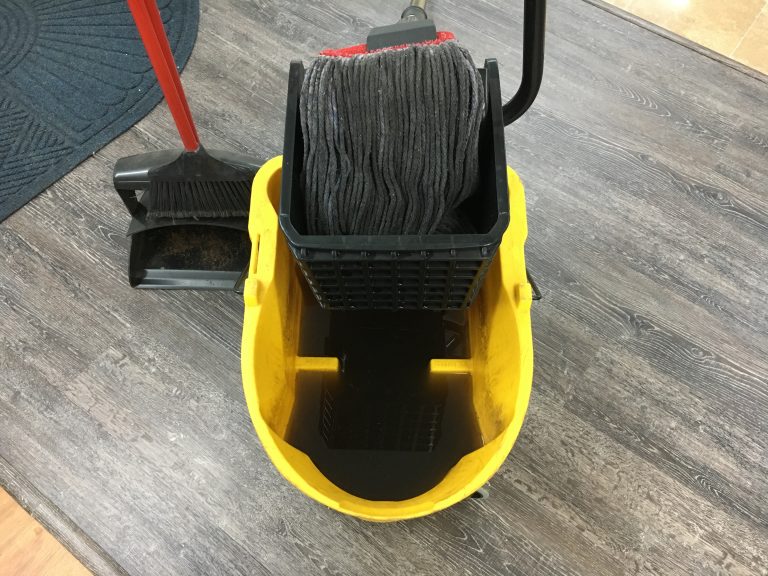Back to Basics Hand Hygiene
By Mary Shinn
The healing hands of a healthcare professional too often bear the risk of spreading infection while administering care. According to the Centers for Disease Control and Prevention (CDC), failure to engage in proper hand hygiene is the leading cause of healthcare-associated infections and the spread of multidrug-resistant organisms (MDROs), including vancomycin-resistant Enterococcus (VRE), methicillin-resistant Staphylococcus aureus (MRSA) and Clostridium difficile. Unfortunately, proper hand hygiene can be easily forgotten by busy healthcare workers. A study of 2,834 opportunities for hand hygiene found that hands were cleansed only 48 percent of the time, according to a World Health Organization (WHO) report (2009).
Diane Jacobsen, director of the Institute for Healthcare Improvement (IHI), says visible reminders to complete hand hygiene can be powerful. “Staff are busy responding to unexpected calls from the bedside,” she says, “so things as simple as making sure that hand hygiene supplies are very visible are helpful. Make sure there are sinks or alcohol-based hand sanitizers outside the patient room, so staff don’t have to go down the hall and the around the corner to find a sink,” she says. “Keep things very much within their work stream. Those are simple changes, but they make a big difference.”
Some programmatic changes can be implemented on one unit to help a hospital see what kind of reminders — such as posters near sinks, –work best for their hospital, Jacobsen says. Starting small can also help the hospital identify the factors particular to their work environment that prevent healthcare workers from practicing good hand hygiene, she adds. “The hospital would look at their own local environment because not the same thing is going to work in every single organization,” Jacobsen says.
The WHO reports indicates that a lack of time, insufficient or inconveniently located sinks and irritated hands as some reasons healthcare professionals give for not engaging in hand hygiene. According to the 2009 WHO report, working as a doctor or nursing assistant was associated with a lower rate of compliance. In addition, working in intensive care, surgical care, and emergency care was associated with poor hand hygiene. Understaffing and overcrowding also contributed to low compliance, according to the report.
Keeping positive data visible can be a powerful technique in encouraging staff to work together to create a culture in which best practices are the priority, Jacobsen says. “Not all infections are totally preventable, but many of them are, and just keeping that kind of information visible to people in their staff lounge − for example, to say it’s been 20 days since an infection. Again, it engages everybody as a team,” she says.
The WHO report (2009) notes that healthcare workers often contaminate their hands or gloves by touching the environment before touching a patient. As such, hand hygiene would be more effective if implemented in conjunction with environmental hygiene, says Philip C. Carling, MD, director of infectious diseases and epidemiology at Caritas Carney Hospital and a professor at Boston University School of Medicine. “If we don’t have good environmental hygiene, then as good as we want to get with hand hygiene, we’re not going to get as much bang for the buck as we could if we had good environmental hygiene, because hand hygiene is not perfect,” Carling says. “You can’t be cleaning (the environment) all of the time, just like you can’t be doing hand hygiene all of the time. And so you need the combination of optimizing both practices.”
The WHO and the CDC recommend established best practices for hand hygiene. According to the WHO, there are five key moments when a healthcare worker should engage in hand hygiene:
– before touching the patient
– after touching a patient
– before touching an area of at risk of infection
– after body fluid exposure risk
– after touching the patient environment
Hand hygiene should also be practiced after touching wound dressings and before handling medication or preparing food. Hand hygiene is also needed before putting on gloves to insert an invasive device, such as a catheter. After removing sterile or non-sterile gloves, hand hygiene should also be practiced. The CDC says that bacteria linger on the hands of healthcare workers after they remove gloves. It is thought pathogens penetrate glove defects or hands get contaminated when healthcare workers remove their gloves. Depending on the procedure, hand hygiene is also recommended before wearing gloves.
Alcohol handrubs and soaps should not be used at the same time. Here is a review of the appropriate times for each:
Handwashing:
– Wash with soap and water after using the restroom, before eating and when hands are visibly contaminated. It is also recommended when multi-resistant spores are present. The mechanical friction of handwashing helps remove the spores and should be practiced in conjunction with wearing gloves. Medicated soap does make a difference in this case.
– Wash hands for 40 to 60 seconds and avoid hot water because it increases skin irritation
– Pat hands dry using paper towels or use hand driers to reduce the risk of recontamination. Patting hands dry reduces hand irritation. Hand dryers should dry hands quickly without aerosolizing pathogens.
– Use a paper towel to turn off the tap to avoid recontamination.
Alcohol-based handrub:
– Use alcohol-based handrubs for hand hygiene at every other hand hygiene opportunity when handwashing is not recommended.
– Use a palm full of alcohol handrub and cover hands completely. Rub hands until dry, this should last between 20 seconds to 40 seconds. If it takes less than 15 seconds you should use more of the product.
Mary Shinn is a writer for ICT.
References
1. World Health Organization. Guidelines on Hand Hygiene in Health Care. World Health Organization. 2009 Accessed at: http://whqlibdoc.who.int/publications/2009/9789241597906_eng.pdf
2. MMWR. CDC Guideline for Hand Hygiene in Health-Care Settings. 2002. Accessed at:http://www.cdc.gov/mmwr/PDF/rr/rr5116.pdf
![]()



